Studies & Solvers Blog Posts

The Power of the Batch Sweep
Have you ever run a large parametric sweep on your workstation overnight, only to discover the next morning that the parametric solver is still not finished? Enter the batch sweep.
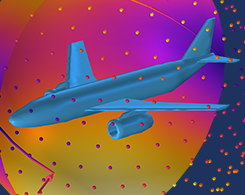
How to Compute the Projected Area of a CAD File in COMSOL®
Learn about three approaches to computing the projected area of a CAD file and when to use each one.
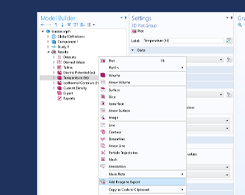
How to Run COMSOL Multiphysics® from the Command Line
Did you know that you can run repeated variations of the same COMSOL Multiphysics® model file from the command line — and automatically export data?
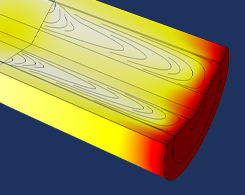
Strategies to Counter Small Automatic Time Steps
When solving a model, you may encounter a varying time step and discretization order, or NLfail or Tfail could be greater than 0. Use these strategies to improve the efficiency of the simulation.
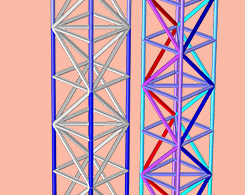
How to Perform a Sensitivity Analysis in COMSOL Multiphysics®
How do the parameters of your design affect its performance? Understanding this relationship is a valuable part of the design process. By performing a sensitivity analysis, you can do just that.
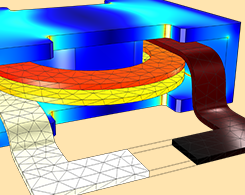
Which Study Type Should I Use for My Electrothermal Analysis?
What’s the best interface to use when implementing electrothermal analyses in COMSOL Multiphysics? We go over the interfaces, study types, and multiphysics couplings for high and low frequencies.
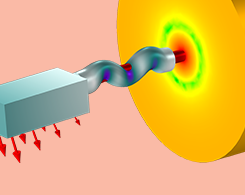
How to Use Solver Suggestions in Acoustics Modeling
When you model large, industry-scale acoustics, ever find it challenging to efficiently solve the problem with the hardware at hand? Enter the solver suggestions in COMSOL Multiphysics®.
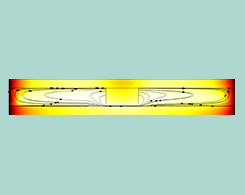
Automatic Time Step and Order Selection in Time-Dependent Problems
Here’s an intro to the time-dependent solver log in COMSOL Multiphysics® and an in-depth look at the theory behind discrete time-stepping schemes and optimal time steps and discretization orders.
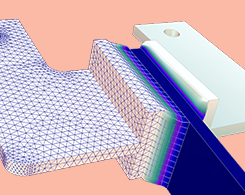
Frequency Response of Mechanical Systems
Read this blog post for a detailed look at damped mechanical systems, a guide to setting up frequency-response analyses in COMSOL®, and a discussion of how to interpret your results.

Introduction to Numerical Integration and Gauss Points
In this comprehensive blog post, we go over the theory behind numerical integration, Gaussian quadrature, Gauss points, weak contributions, and much more.

FEM vs. FVM
Finite element methods, finite volume methods, or a hybrid approach: Which is the best choice for CFD? It depends on the fluid flow problem you’re trying to solve.

Course: Defining Multiphysics Models
There are 3 approaches to setting up a multiphysics model in the COMSOL® software: Fully automatic, manual with predefined couplings, and manual with user-defined couplings. Here, we discuss #1.

How to Use the Cluster Sweep Node in COMSOL Multiphysics®
Keep your cluster admin happy by using the Cluster Sweep node in COMSOL Multiphysics® to optimize the parallelization of parametric computations on clusters.
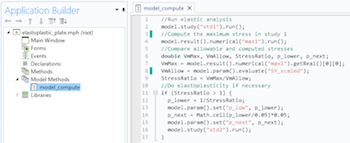
How to Automate Physics Choices and Studies Using Model Methods
The ability to create and use methods in COMSOL Multiphysics® is useful for automating your modeling processes, such as choosing physics and studies.
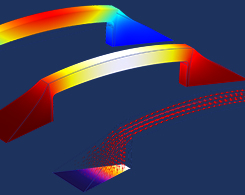
Exploiting Maximum Principles to Save Time and Resources
By exploiting maximum principles in large and complex models, you will save time and computational resources without having to buy a bigger computer or leave your model to solve overnight.

How to Run Simulations in Batch Mode from the Command Line
Your step-by-step guide to efficiently running COMSOL Multiphysics® simulations in Batch mode from the command line.
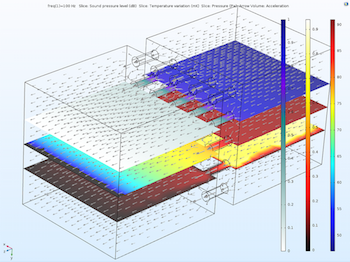
Using the Domain Decomposition Solver for Thermoviscous Acoustics
Learn how to use the Domain Decomposition solver, a memory-efficient iterative algorithm with inherent parallelism on the geometric level, in COMSOL Multiphysics®.
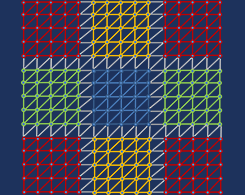
Using the Domain Decomposition Solver in COMSOL Multiphysics®
The Domain Decomposition solver is a memory-efficient iterative algorithm that works best for large modeling problems that can’t be solved with other direct or iterative methods.
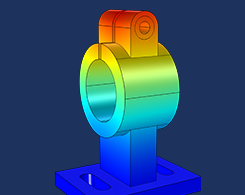
Minimize Your Model File Size with Storing Solution Techniques
Get a demonstration of some tools and techniques for storing selected output quantities in COMSOL Multiphysics®, as well as minimizing model file sizes and the time required to display data.
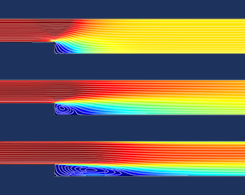
Plotting the Algebraic Residual to Study Model Convergence
Learn how to use the residual operator to plot the algebraic residual of your model, as well as visualize and understand the convergence properties of turbulent flow simulations.
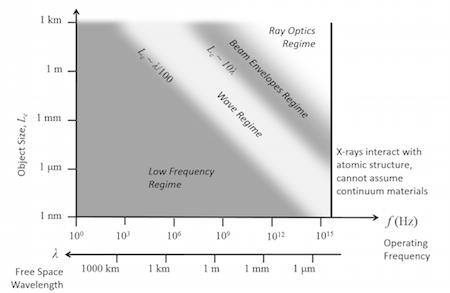
Guide to Frequency Domain Wave Electromagnetics Modeling
Read this blog post for your introduction to the various types of problems that you can solve in the RF and Wave Optics modules with COMSOL Multiphysics®.
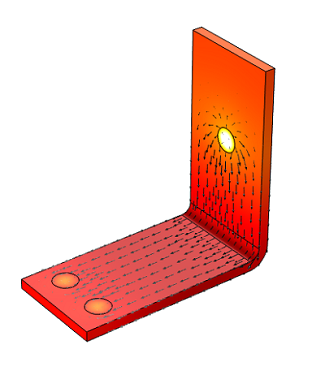
Learning to Solve Multiphysics Problems Effectively
One of the questions we get asked often is how to learn to solve multiphysics problems effectively. Over the last several weeks, I’ve been writing a series of blog posts addressing the core functionality of the COMSOL Multiphysics software. These posts are designed to give you an understanding of the key concepts behind developing accurate multiphysics models efficiently. Today, I’ll review the series as a whole.
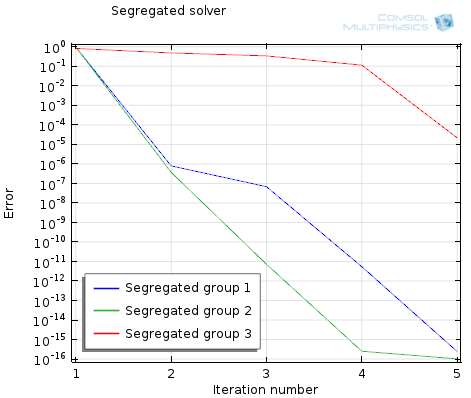
Improving Convergence of Multiphysics Problems
In our previous blog entry, we introduced the Fully Coupled and the Segregated algorithms used for solving steady-state multiphysics problems in COMSOL. Here, we will examine techniques for accelerating the convergence of these two methods.
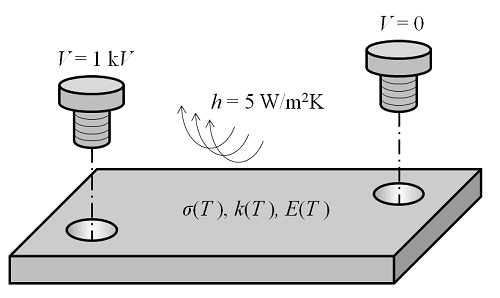
Solving Multiphysics Problems
Here we introduce the two classes of algorithms used to solve multiphysics finite element problems in COMSOL Multiphysics. So far, we’ve learned how to mesh and solve linear and nonlinear single-physics finite element problems, but have not yet considered what happens when there are multiple different interdependent physics being solved within the same domain.
